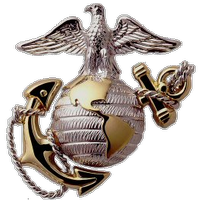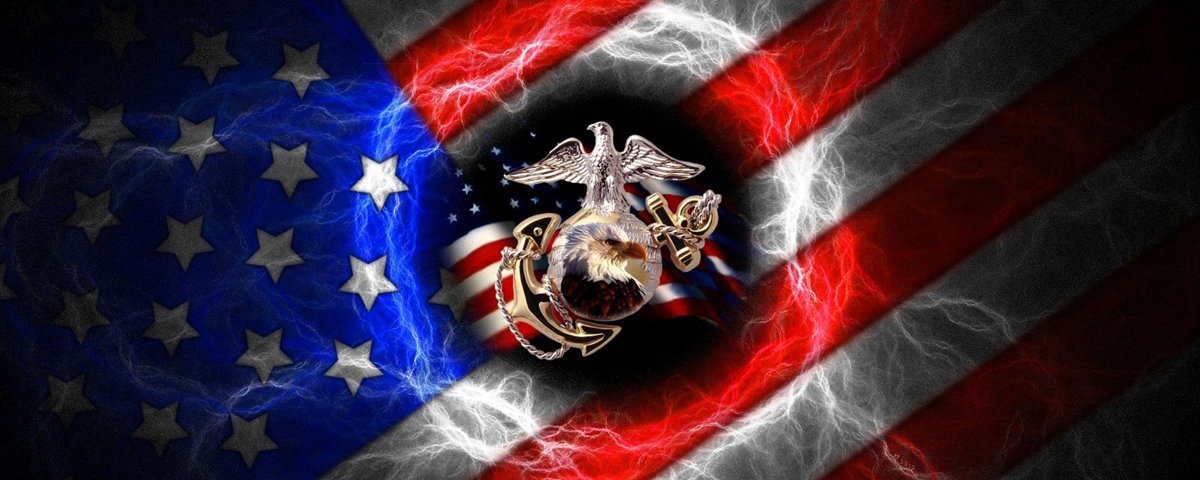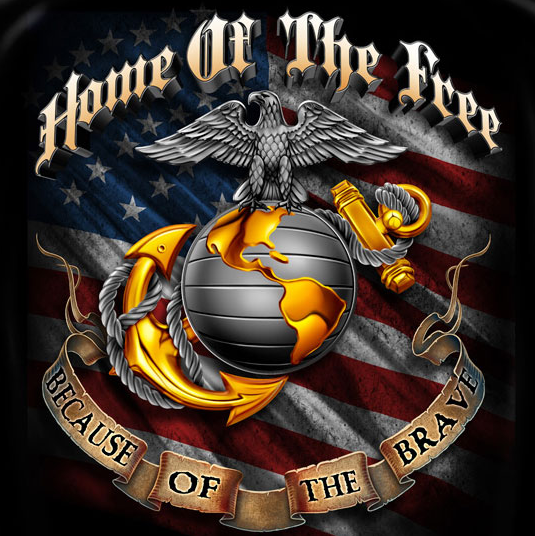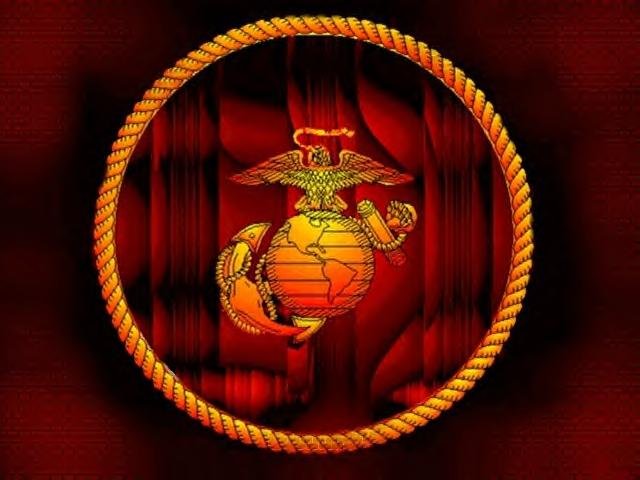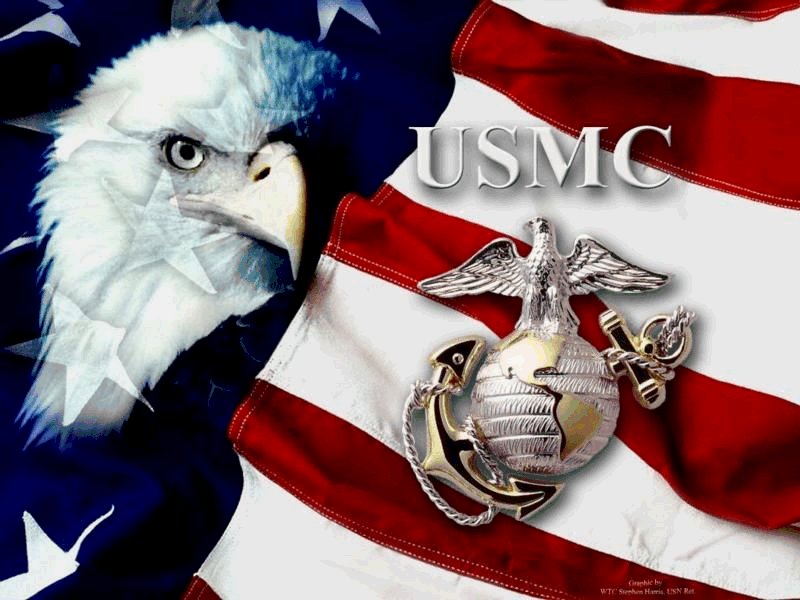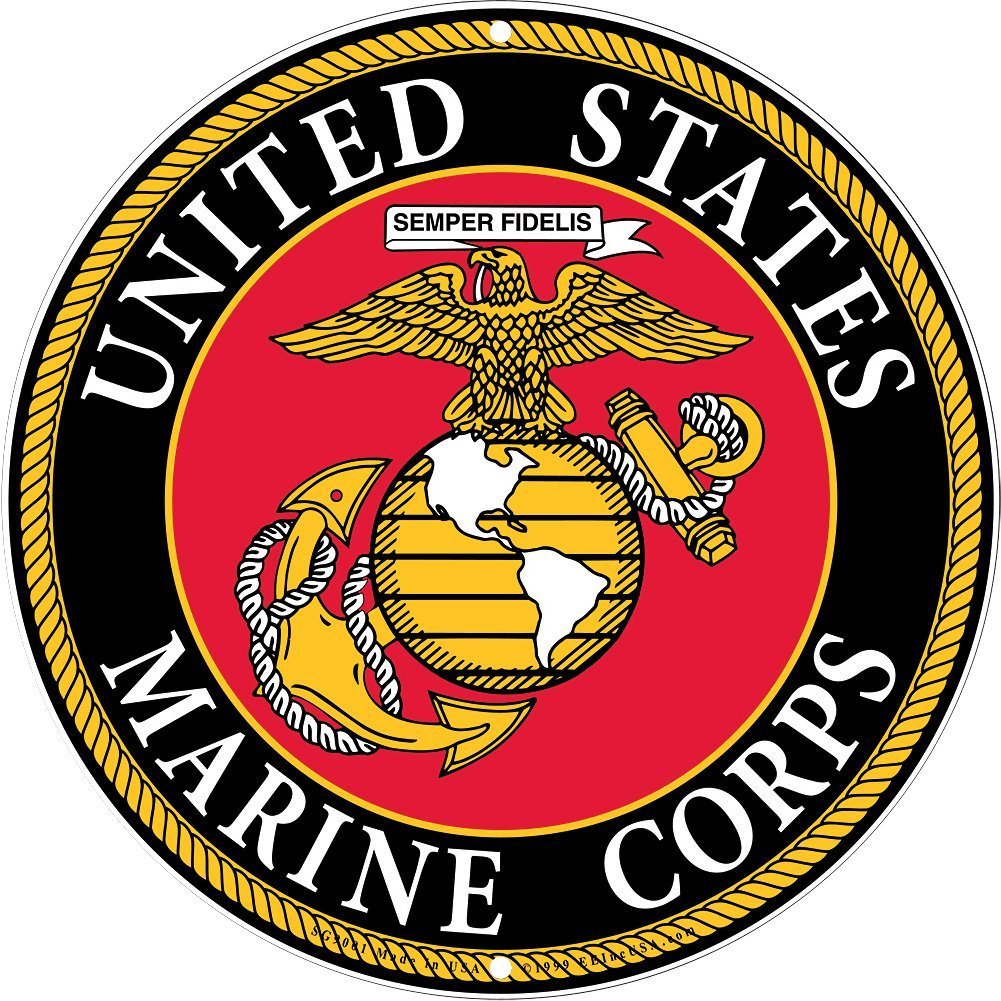WELCOME TO KURTKUDER.COM
MARINE TRADITIONS
United States Marine Corps
ABOUT KURT KUDER
Unites States Marine Corps
MARINE TIMELINE
United States Marine Corps
Marine Corps Motto & Slogans
"Ooh Rah"
An expression of enthusiasm used by Marines in various situations. Specifics regarding the origin of the spirit cry are sketchy and we're still searching for accurate and reliable information.
"First to Fight"
Marines have been in the forefront of every American war since the founding of the Corps. They have carried out over 300 landings on foreign shores. They have served everywhere, from the poles to the tropics. Their record of readiness reflects pride, responsibility and challenge.
"Leathernecks"
In 1776, the Naval Committee of the Second Continental Congress prescribed new uniform regulations. Marine uniforms were to consist of green coats with buff white facings, buff breeches and black gaiters. Also mandated was a leather stock to be worn by officers and enlisted men alike. This leather collar served to protect the neck against cutlass slashes and to hold the head erect in proper military bearing. Sailors serving aboard ship with Marines came to call them "leathernecks."
Use of the leather stock was retained until after the Civil War when it was replaced by a strip of black glazed leather attached to the inside front of the dress uniform collar. The last vestiges of the leather stock can be seen in today's modern dress uniform, which features a stiff cloth tab behind the front of the collar.
The term "leatherneck" transcended the actual use of the leather stock and became a common nickname for United States Marines.
"Devil Dogs"
In the Belleau Wood fighting in 1918, the Germans received a thorough indoctrination in the fighting ability of the Marines. Fighting through supposedly impenetrable woods and capturing supposedly untakeable terrain, the persistent attacks, delivered with unbelievable courage soon had the Germans calling Marines "Teufelhunde," referring to the fierce fighting dogs of legendary origin. Ooohhh Raaah!
"Esprit de Corps"
The "spirit" of a unit. This spirit is commonly reflected by all members. It implies devotion and loyalty to the Marine Corps, with deep regard for history, traditions and honor.
"Uncommon Valor"
Refers to the victories in World War II, especially at Iwo Jima, the largest all-Marine battle in history. Admiral Nimitz's ringing epitome of Marine fighting on Iwo Jima was applied to the entire Marine Corps in World War II: "Uncommon valor was a common virtue."
"Gyrenes"
The term "gyrene" is a jocular reference to Marines which was first used in England as early as 1894. It was used in the United States around the time of World War I. Its exact origin is unknown, but it did appear to have a derogatory meaning in its early usage. It has been suggested that the term may embody a reference to pollywog, a naval slang term for a person who has not yet "crossed" (the equator), hence, a landlubber.
"Jarhead"
A slang term used by sailors as early as World War II to refer to members of the Marine Corps, drawing the term from the resemblance of the Marine dress blues uniform, with its high collar, to a Mason jar.
"The Blood Stripe"
Marine Corps tradition maintains that the red stripe worn on the trousers of officers and noncommissioned officers, commonly known as the "blood stripe," commemorates those Marines killed storming the castle of Chapultepec in 1847. Although this belief is firmly embedded in the traditions of the Corps, it has no basis in fact. The use of stripes clearly predates the Mexican War.
In 1834, uniform regulations were changed to comply with President Andrew Jackson's wishes that Marine uniforms return to the green and white worn during the Revolutionary War. The wearing of stripes on the trousers began in 1837, following the Army practice of wearing stripes the same color as uniform jacket facings.
Colonel Commandant Archibald Henderson ordered those stripes to be buff white. Two years later, when President Jackson left office, Colonel Henderson returned the uniform to dark blue coats faced red. In keeping with earlier regulations, stripes became dark blue edged in red. In 1849, the stripes were changed to a solid red. Ten years later uniform regulations prescribed a scarlet cord inserted into the outer seams for noncommissioned officers and musicians and a scarlet welt for officers. Finally, in 1904, the simple scarlet stripe seen today was adopted.
"The Few. The Proud."
"The Few. The Proud. The Marines." is the Marine Corps' advertising slogan. It won a place on Madison Avenue's Advertising Walk of Fame during Advertising Week 2007. "This slogan reflects the unique character of the Marine Corps and underscores the high caliber of those who join and serve their country as Marines," said Maj. Gen. Richard T. Tryon, commanding general, Marine Corps Recruiting Command.
UNITED STATES MARINE CORPS
-
SEMPER FIDELIS
Copyright 2016 © KurtKuder.com

